 |
| General Secretary To Lam and other leaders and former leaders of the Party and State attended the program in Ca Mau . (Photo: Thong Nhat/VNA) |
General Secretary To Lam attended the main point of the TV Bridge in the area of the Monument of the train gathering to the North, Song Doc Town, Tran Van Thoi District, Ca Mau Province.
Also attending at the Ca Mau bridge were comrades: Former National Assembly Chairwoman Nguyen Thi Kim Ngan; former Standing member of the Secretariat Le Hong Anh; comrades Politburo members, Party Central Committee Secretaries: Nguyen Trong Nghia, Head of the Central Propaganda Department; Do Van Chien, Chairman of the Central Committee of the Vietnam Fatherland Front; comrade Nguyen Duy Ngoc, Party Central Committee Secretary, Head of the Party Central Committee Office.
Comrade Nguyen Hoa Binh, Politburo member, Secretary of the Party Central Committee, Permanent Deputy Prime Minister, attended at the Hai Phong bridge (location of Hai Phong Opera House). Comrade Le Hoai Trung, Secretary of the Party Central Committee, Head of the Central External Relations Commission, attended at the Thanh Hoa bridge (location of the "Ship Gathering to the North" Monument, Lach Hoi port, Sam Son city).
Also attending at the bridge points were members of the Party Central Committee, leaders of central departments, ministries and branches, local leaders, historical witnesses, artists, actors and a large number of people from provinces and cities at the bridge points.
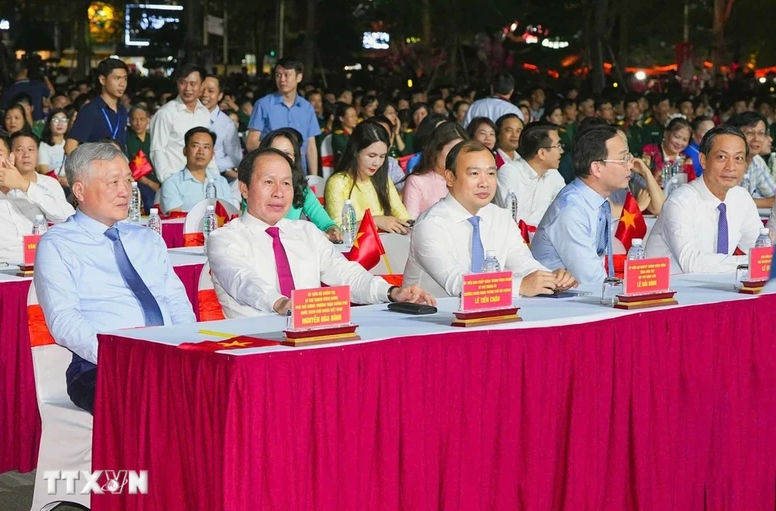 |
| Permanent Deputy Prime Minister Nguyen Hoa Binh and leaders of the Hai Phong City Party Committee and People's Committee attended the live television broadcast celebrating the 70th anniversary of the regrouping to the North. (Photo: Hoang Ngoc/VNA) |
70 years ago, according to the provisions of the Geneva Agreement in 1954, tens of thousands of cadres, soldiers and people from the South gathered in the North, carrying with them many longings for their homeland and a burning desire for a day of reunification and reunion. The decision to bring cadres, soldiers and children of the South to the North demonstrated the profound strategic vision of President Ho Chi Minh and the Party Central Committee in creating a foundation for the construction of a socialist North, consolidating forces for the struggle to unify the country. The event of gathering in the North has become a symbol of patriotism, national solidarity, determination and national unification of our army and people, leaving for a great cause, for the noble revolutionary cause. The sacred values of that event still exist in the cause of building and developing the country today.
The TV program “Rallying to the North - Deep Love and Heavy Meaning” is a special political art program that was elaborately staged, movingly recreating the historical movement of forces with the contributions and sacrifices of previous generations, to achieve peace and independence. With a structure of 3 chapters, applying advanced technology, modern sound and light, recreating vivid scenes, combining the presentation of reports and documentaries, the program took viewers back in time, proudly reviewing the heroic history of the nation.
In particular, the theatrical art program has exploited the source of poetry and music composed by Southern students in their real life, study, work, and combat, works that will last forever over the years and time; along with that, it connects documents and stories of historical figures with the contemporary generation, arousing pride, multiplying the tradition of patriotism, the spirit of self-reliance, self-confidence, self-reliance, self-strengthening and the strength of great national unity.
Chapter 1 is “Aspiration for Unification”, showing the historical context of the event of regrouping to the North, the correct decisions of President Ho Chi Minh and the Party Central Committee in moving troops. According to the Geneva Agreement, the forces of both sides took the 17th parallel as a temporary military boundary and regrouped to the North and South. Tens of thousands of cadres, soldiers and people from the South volunteered to board trains to the North. Patriotism, the spirit of volunteerism and dedication "when the Fatherland needs, they know how to live apart" filled the hearts of each person. They were willing to leave their families and homeland, put aside their homesickness to set out with the aspiration for the day the country was completely unified.
Chapter 2 is “A strip of iron”, showing the solidarity, the same iron heart, the determination to carry out with all the heart and enthusiasm of the army and people of the whole country before the decision to gather in the North, to prepare revolutionary forces for the struggle for national liberation and the long-term vision in developing and training cadres when the country is completely unified.
Chapter 3, titled “Glorifying Vietnam”, highlights the significance of the Northward Rally event and the historical lesson for building a new era, the era of the Vietnamese people's rise.
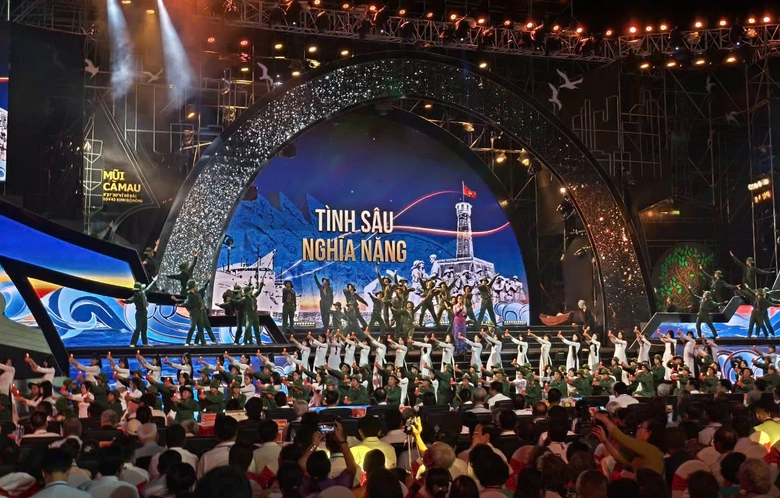 |
| Scenery in Ca Mau |
With memories that never fade, historical witnesses told touching stories about the Northern people who, despite difficulties and shortages, always gave the best to their Southern compatriots with the motto "All for the Southern compatriots". The cadres, soldiers and students who had gathered considered the North as their home and homeland, enthusiastically volunteered to go to the farms to build and develop the socio-economy. The Lam Son, Thong Nhat and Song Am forestry farms bore the footprints and hands of the Southern children who had gathered.
Witnesses shared the profound memories of Southern children in the North, who missed home so much that they could not return home because the country was not yet unified. From 1954 to 1975, more than 32,000 students studied in a system of dozens of Southern boarding schools in many provinces and cities in the North. The schools became the homes of Southern students, where teachers were friends, fathers and mothers.
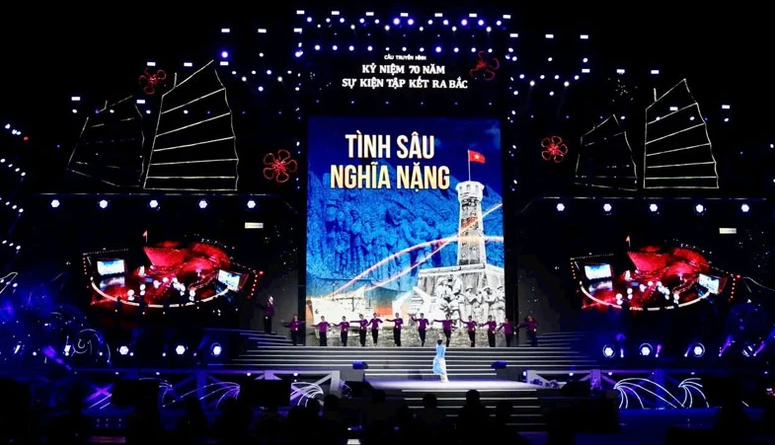 |
| Hai Phong Bridge Stage |
It is also the memory of the teacher telling about the students who suppressed their homesickness, overcame the difficulties of living far from home, tried hard to study, practice, nurtured revolutionary ideals, and nurtured the desire to return to their homeland to fight, unify the country, and build their homeland and country. After graduating from the Pedagogical University, teacher Le Ngoc Lap was selected to become a teacher at schools for students in the South. He was assigned to Ha Dong, then assigned to the Southern School No. 20 in Hai Phong. He was attached to the students from 1956 to 1976. After 20 years of attachment to the students in the South, until now, he still keeps every souvenir of the years of regrouping: the notebook with full names of students, the tests, the handwritten letters of the students...
21 years after the regrouping to the North, the country was completely unified, each child of the South returned in different ways. Some volunteered to go to B to return to the South to fight for the Fatherland; some followed the number 0 train to continue supporting the South; some returned on the reunion trains, using the knowledge gained during the years of studying in the North to rebuild the country, "rebuilding our country, more decent, more beautiful". All of them were united, creating the strength to build the foundation, potential and position of Vietnam.
The rally created a solidarity that transcended the century - a bridge between many generations to join hands and hearts to build the Vietnamese foundation. Practice has shown that throughout the history of the Vietnamese revolution, solidarity has always been a sustainable foundation that creates great strength to achieve glorious victories. The more difficult and arduous the situation, the more valuable the solidarity is. In difficult times of the country such as epidemics, storms, floods, and natural disasters, the spirit of solidarity is more evident.
In the comprehensive report broadcast on the TV bridge "Solidarity - Strength to build a rising Vietnam", General Secretary To Lam affirmed: We are facing a historic opportunity, bringing the country into a new era, an era of rising up of the nation. That is the era under the leadership of the Party, successfully building a Vietnam of rich people, strong country, democracy, equality, civilization, successfully realizing the wishes of President Ho Chi Minh and the aspirations of the entire nation, bringing the country to stand shoulder to shoulder with the world powers. The more urgent requirement than ever and the top priority is to consolidate and promote the great national solidarity bloc under the leadership of the Party. This is one of the key solutions, bringing the country into a new era. Historical practice shows that the great national solidarity bloc creates great strength and is the source of all successes of the Vietnamese revolution. Only great solidarity can bring victory.
The television program commemorating the 70th anniversary of the North's regrouping event vividly depicted the spirit of solidarity of our people during the revolutionary struggle period, strongly arousing national pride, while also deeply educating Uncle Ho's advice: Unity is our invincible strength.
* Before attending the television bridge, General Secretary To Lam and the Central Working Delegation visited the National Historical Site - the gathering place to the North in late 1954 and early 1955, on the south bank of Doc River, Song Doc town, Tran Van Thoi district, Ca Mau province.
Source: https://baothuathienhue.vn/chinh-tri-xa-hoi/theo-dong-thoi-su/tap-ket-ra-bac-tinh-sau-nghia-nang-70-nam-khac-ghi-148099.html






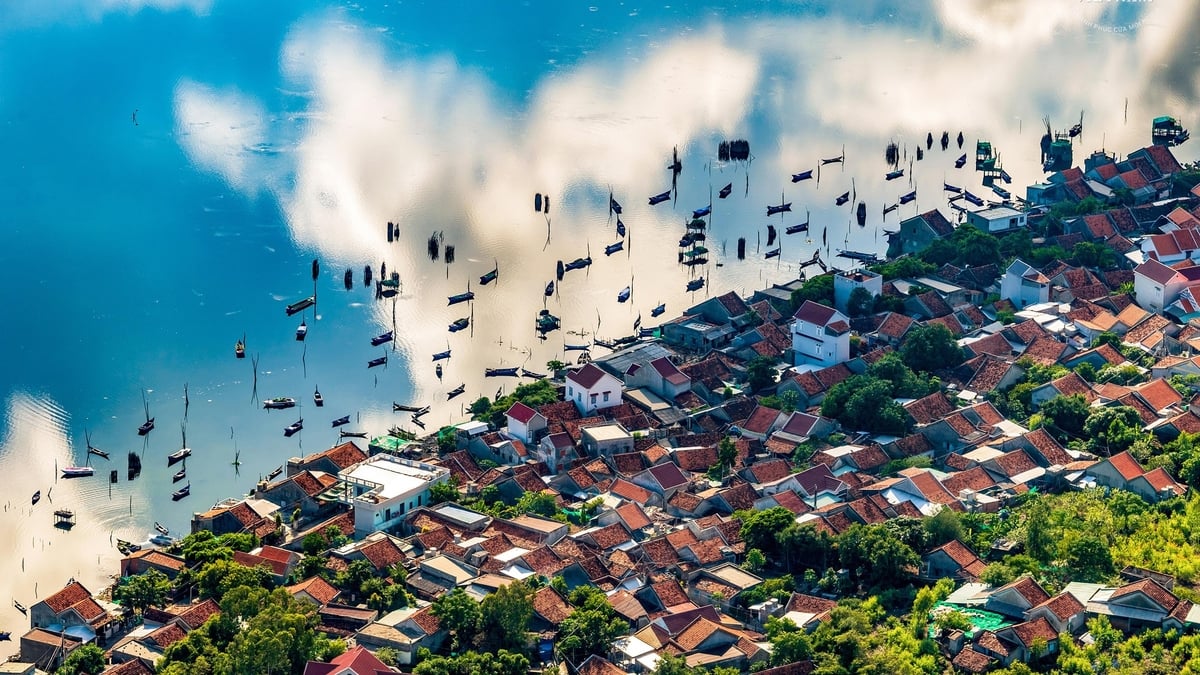

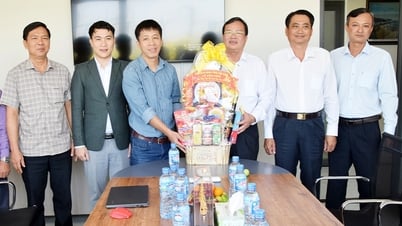
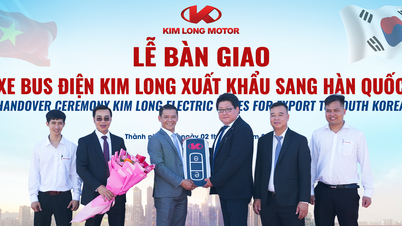

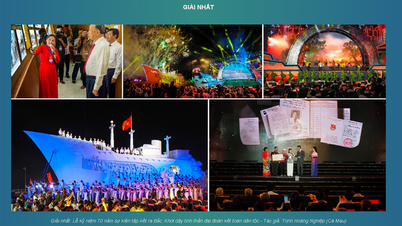
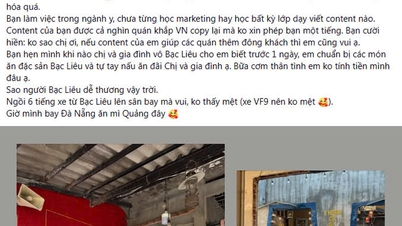
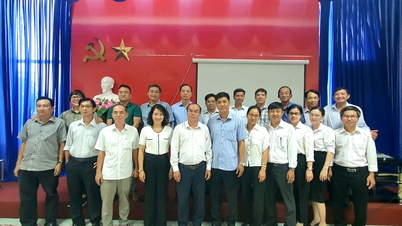
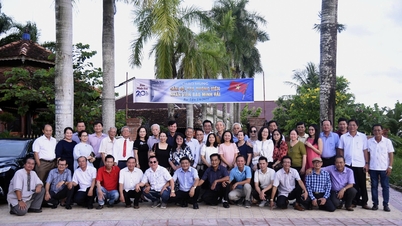




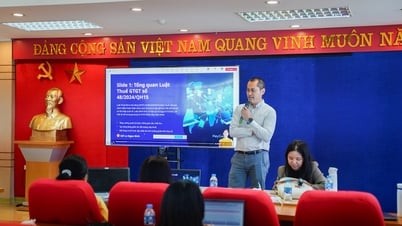

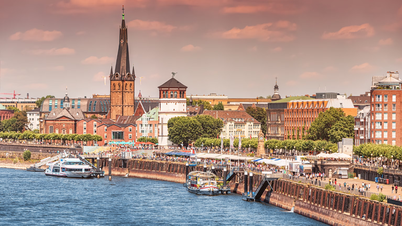
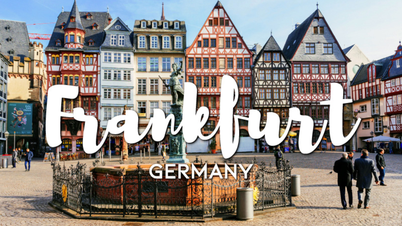
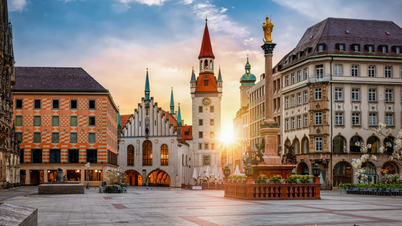












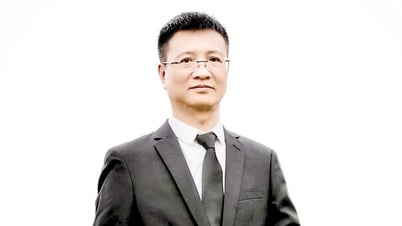



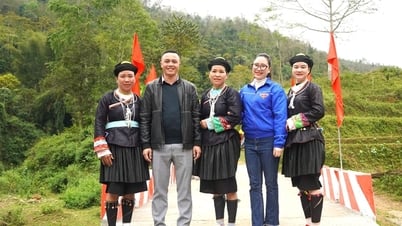

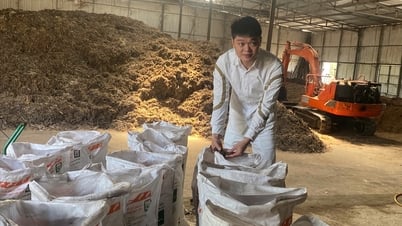



























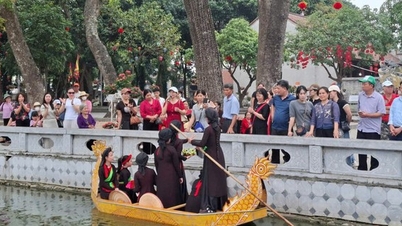
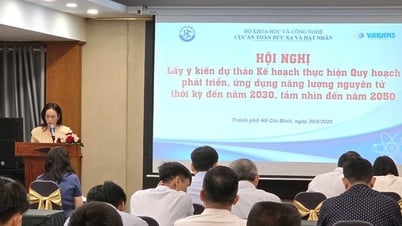
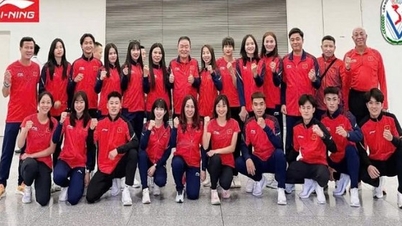
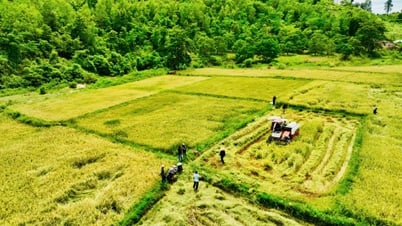

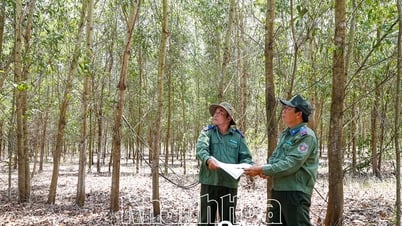
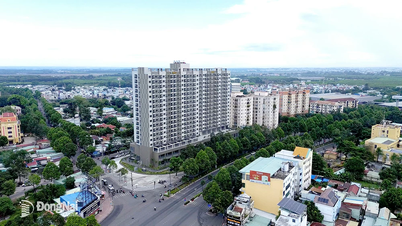

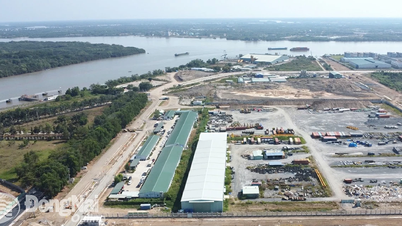


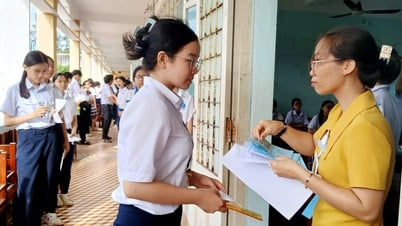









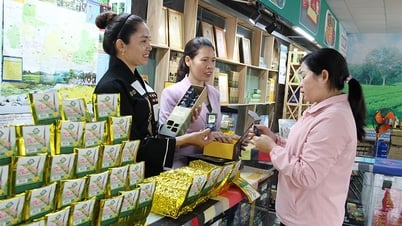



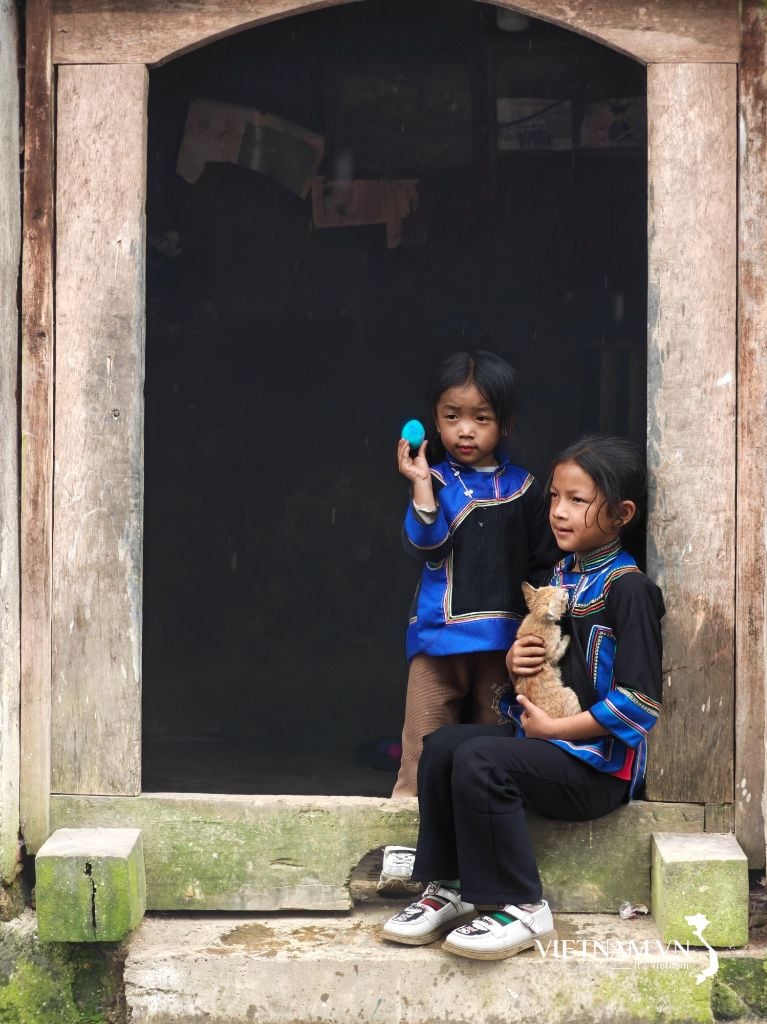
Comment (0)